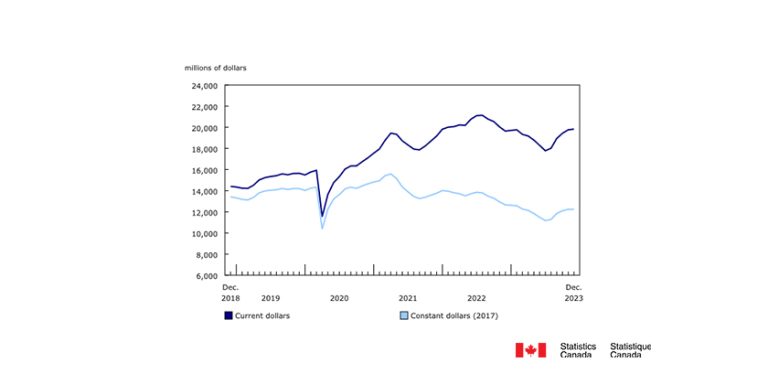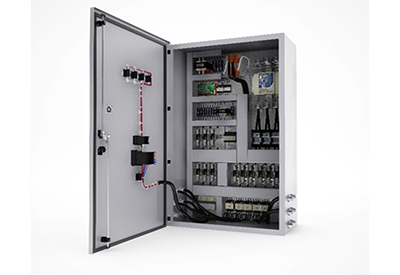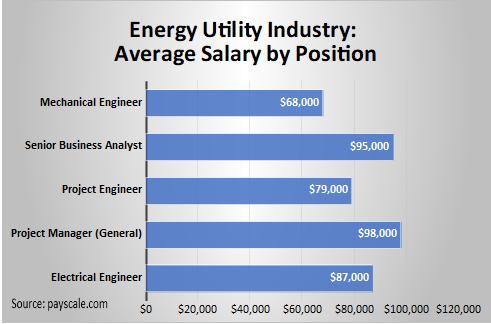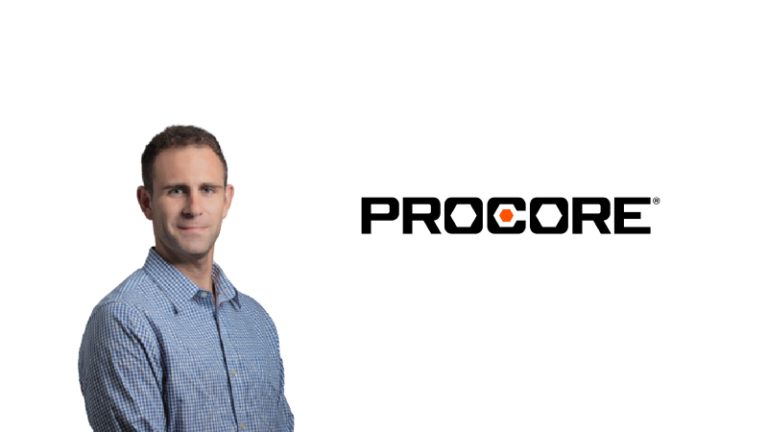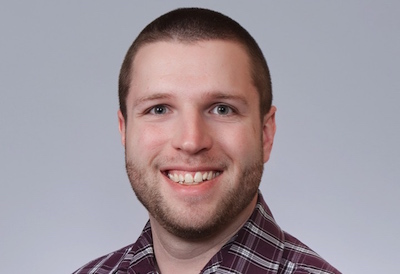How I Learned to Predict the Future

July 23, 2018
By Keith Sones
I have a time machine.
I kid you not. It’s the kind of thing that allows me to get in and head to the future, take a look at what’s happening, zip back to the present day and take some actions based on what I’ve learned. And before you start getting all crazy and go off thinking “Time machine? Really? The guy is a certified whacko,” let me tell you the story of how I got this incredible time travelling device.
A bit of context and colour. For those of you who don’t know, I have been working in the high voltage electric industry for close to 30 years. For a good chunk of that time I worked directly for electric utilities and for the past several years I’ve been engaged in the construction and engineering contracting sector. Although it wasn’t originally part of the plan in the mid 1980s, I started my utility career as a result of my training as a health and safety professional.
To make more sense of what you are about to read, it’s also important to understand that I hate not knowing things. Detest it actually. Now, I have long ago realized that the things I know will always be massively dwarfed by what I don’t know, and I’m okay with that, but an absence of understanding something still really bothers me. Whether it’s how to tune a bike properly (remember cyclists, when you are installing pedals always think “righty tighty, lefty loosey” or you’ll over tighten and stretch the threads) or why a feather and brick fall to earth at different speeds even though the acceleration is the same (of course folks, mere air resistance), I like to know. When I run across something that I don’t know, I’ll either tell myself that I don’t need to know (like, most of the time) or dive in deep to figure it out.
Okay, back to the story of my time machine. After several years as a safety guy and learning, investigating, practicing, screwing things up, and learning some more, I had slammed into a wall. A figurative wall, the kind that gets one frustrated but doesn’t result in a wrecked car. In the course of an average day, I would read injury reports from across the industry that reflected all manner of ways to get hurt. Someone would fall from something high. Another person might slash their hand with a knife, while a third might touch something that causes harm, like a flame or electrically energized wire. Yet another worker would drive a truck into something or someone else. After years of sifting through these reports from both the companies I worked with and many others, it seemed like everyone was spending their days finding new ways to hurt themselves.
The responses to these injury reports were also interesting. Over and over and over I would read recommendations to “create a training program” or “set a new policy” as the folks in charge desperately tried to fix the problems. And then, another report would cross my desk and it would happen all over again. It all seemed frustrating and pretty futile. And I didn’t know why.
Given that my job was in part to figure this stuff out, I couldn’t exactly take the “I don’t need to know” option as outlined above, and given that there were only two choices I had one left. It was time for a deep dive.
Well, that sounds good in practice but what did it really mean in this case? I had a bunch of injury reports sent in randomly from across the continent, another series of suggestions for how to make working life safer, and a subsequent round of accounts of different people getting hurt in the same way. Not much direction in all of that. But, I had arrived at the “deep dive” conclusion and since my decision tree didn’t have a selection for “quit when either of the first two options are hard,” I took the only reasonable course of action. I squeezed my eyes shut, put by head in my hand and groaned, “What the hell am I going to do?!”
No answers magically showed up. I left the office and started my grinding commute home, still without any clue about where this was headed. Finally, I decided there was just no other way out. I was going to accept there was just nothing I could do. I actually felt like a weight had been lifted from my shoulders. I even felt somewhat peaceful.
And of course, that couldn’t last. Sitting in endless traffic, a thought started to formulate. It started like tiny ripple in the water, then grew into a small wave. It was blurry at first, with a few words bouncing around like a couple of water balloons on a trampoline. No real form or substance, just movement and a feeling that something was there. Like focusing a telescope to refine the image, I forgot about the traffic around me (full transparency: this is always a terrible idea) and started to mentally squint at what was rapidly becoming a fully-fledged thought. Within minutes, I knew what it was. The face of my years-back statistics professor clarified in my inner field of view like Harry Potter as he entered a new dimension. And then, his words streamed forth, like a dream sequence. “You need more data. If the picture isn’t clear, you need more data.”
I get it. This was not the commuting version mindblower of “Luke, I am your father.” But hey, it was a start. I now knew what to do, although still had no idea of how to get there. Over the next day, the idea simmered and grew into a plan. One thing that I’ve always done is to get to know a lot of people. If I think as a mercenary, it’s good for career. But the truth is simpler: I just like people. So after a few phone calls and a couple of lengthy flights, I had gained access to thousands of very detailed injury records (minus names and personal details of course), a barge load of recommendations, hundreds of action plans and, most importantly, decades of “this is the result after we implemented the action plan” data.
All of this was on paper, so the effort to read, understand, translate, graph and interpret was monumental. It took months of time for several people, but once the dust settled, the long days (and nights) were all worth it. The answers were finally starting to make sense. And while some seemed intuitive, others were startling.
Keeping mind that I was strictly focused on workers in the high voltage electrical industry, here are some of the things that spilled out of the data, albeit as of several years ago. If you want to know the best way to seriously injure or kill a power linemen, put him to work on a DE-ENERGIZED distribution line. The risk of inadvertent switching, lightening, backfeed, or contact with an adjacent energized component is high. If you are looking to do some serious harm to a transmission linemen, make sure he or she is working on a de-energized circuit that parallels another energized circuit and expose them to induction. More simply, just let them work at height. Gravity works.
As terrible as it was to learn these things, there were two other and arguably more important lessons that showed up. When truly effective protective measures were put in place, they worked. A notable response: one very large organization put new work methods (engineered rubber glove systems) in place after years of suffering. And it worked. The injury and fatality rate for the next 30 years plummeted. Others drove hard to ensure transmission linemen were geared up with fall arrest equipment. Same effect. Many of the workers hated these new things when they came into effect. But it worked to save lives.
The other, and really nasty, thing I learned was that with enough data and no new (significant) changes, I was able to predict when and where the next serious injury would happen. Not perfectly, but within a month or two. A cute party trick I suppose, but in the absence of a true impactful preventive change, more like a curse. My time machine, fast forwarding into the future, predicting what will happen and returning to the present only to sadly watch it happen.
Fortunately, many companies have recognized these serious hazards over the years and taken real steps to prevent the damage. And that’s fantastic.
Over the ensuing years, I continued the research and found the same trends in many human endeavours. It comes down to people. In the absence of significant and conscious change, we are all likely to live the problems of the past. Sometimes, we sincerely want something to be different, so we tell ourselves it will be. But it won’t. When we do the same things in the same circumstances trying to get to the same place, we will most often get the same results as our predecessors. Want to get your teenager off the couch, or off drugs? Wagged your finger and yelled at him last time? Didn’t work? Probably won’t next time either. Thinking about hiring a contractor that couldn’t complete the job for other people? Get ready to be disappointed yourself. Planning your retirement by winning the lottery? Get used to hot dogs and forget the south of France (unless you live there now of course).
With enough data and insight, I can get the engine in my time machine fired up and take a trip into the future. I can see what’s going to happen, then return to the present. But so can you. And if you really want to use the past as your guide to the future, you should. Because when Einstein (reportedly) said, “the definition of insanity is doing the same thing and expecting different results,” he was right. And no one knew more about the possibilities of time travel than he did.
Keith Sones is Vice President, National Business Development, The Valard Group of Companies.



